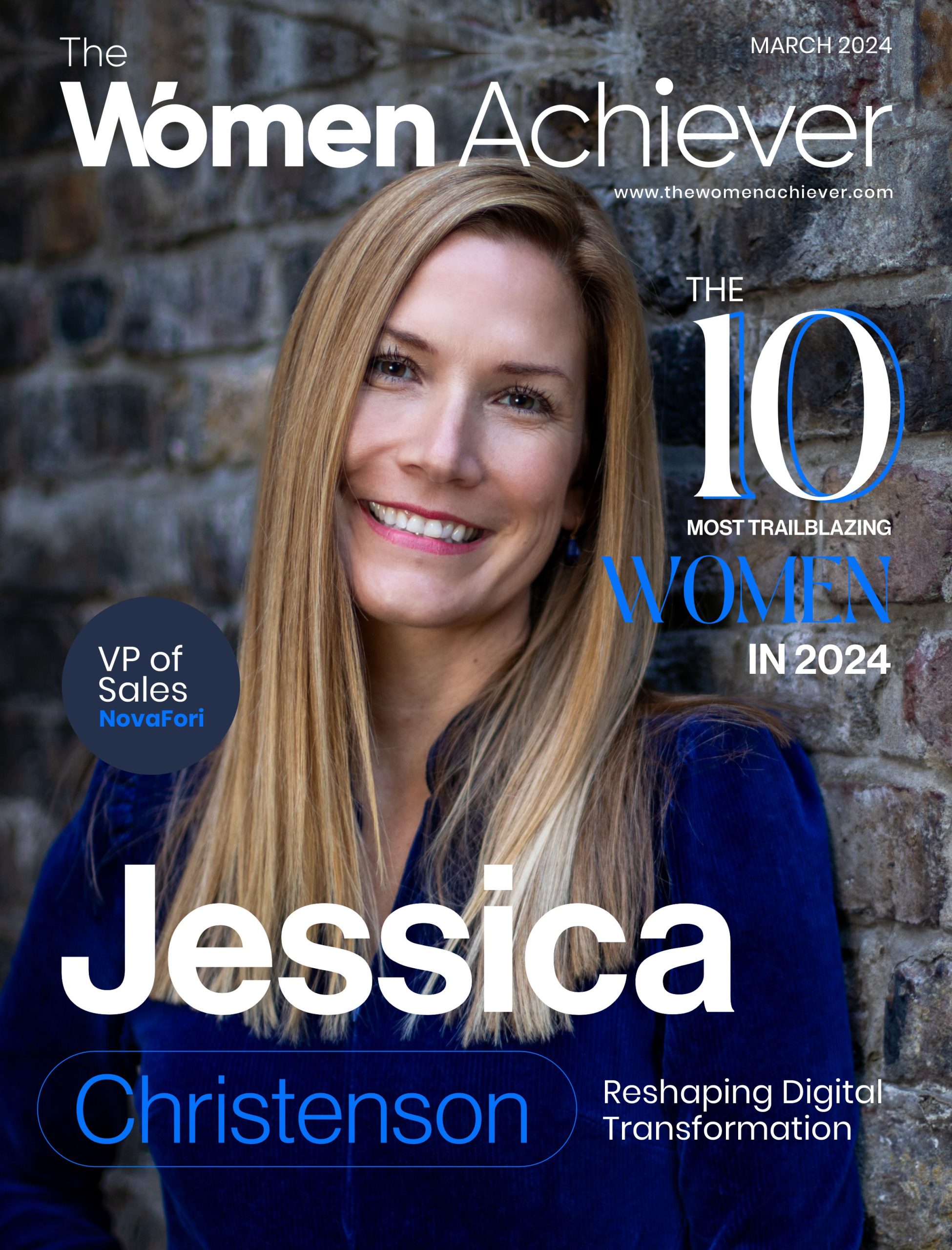How can women in AI come across the setback in the AI industry and the prejudice in AI?
According to research, women in AI hold only 26% of the jobs. More women may enter the AI industry through promoting STEM education, addressing mentorship possibilities, and closing gender wage discrepancies. The issue of bias in AI is one that is receiving more attention. According to Gartner, in 2022, 85% of AI initiatives will produce inaccurate results because of bias in the data, algorithms, or teams in charge of managing them.
Engaging diverse teams throughout the process is one of the more efficient approaches to addressing prejudice in AI. Diversity in AI development teams refers to the inclusion of a range of viewpoints from various ethnicities, genders, ages, talents, and experiences. Because of this diversity, AI teams may be able to create more products that benefit a larger user base.
Just 26% of roles in the data and AI industries are held by women, according to a study. By advancing STEM education, addressing mentorship opportunities, and eliminating wage disparities between men and women, more women may enter the AI business. There are some straightforward actions businesses and the greater society can take to support gender diversity.
1. Encourage STEM Education
Long before young women enter the industry, childhood is one of the reasons there aren’t enough women working in AI. In the past, social and cultural factors, notions as girls are less attuned to math and science than boys, have frequently deterred girls from pursuing STEM-related careers. When they are in college, they have already made other decisions, making it challenging to change directions. There aren’t many materials available to the few women in STEM fields regarding the various AI career prospects.
2. Showcasing Women AI pioneers
It is useful to emphasize the potential for women in AI and challenge harmful cultural preconceptions about women not belonging in STEM by having visible female scientists and AI leaders in business and society. It’s crucial to have an equal representation of women speaking whenever we debate AI, whether it’s in panel discussions, at events, or on social media. A workforce that promotes gender inclusion can inspire the next generation of female scientists, and talented women will be drawn to it.
3. Mentoring for Female Leaders
For those women who eventually succeed in pursuing a career in AI, mentoring is essential. In the past, mentorship was not provided by organization-led programs but rather by associations or academic institutions. These mentors—women and men—have assisted their mentees in establishing goals, spotting opportunities, and overcoming obstacles.
At organizations where mentorship programs do exist, they are frequently solely accessible to leadership, but this is beginning to change. Now, entry-level and mid-level professionals may find mentors wherever they are, thanks to apps powered by AI. Following just six months of using one such software, mentees at one organization reported having 218% more clarity about their career path and feeling 178% more prepared to achieve their goals inside the company.
4. Make Equitable Chances Available
Another obstacle preventing women from entering and succeeding in AI is implicit prejudices in many organisations’ hiring procedures. These biases manifest themselves in the employment process as a lack of diversity and gendered phrasing in job titles and descriptions. Regarding the variety of positions and industries in which women can work in AI, there is also a lack of clarity and direction. For instance, an AI degree is not usually required.
It is now necessary to hire and advance at least 50% of women into high-growth AI positions and to set them up for success. Companies may develop a more inclusive culture by removing the hurdles that women encounter at work.
5. Establish an Equal-Pay System for Men and Women
Fair compensation for equal work is just and aids in both retaining and attracting female employees. Regrettably, a lot of women who have worked in computer roles for close to ten years have thought about leaving because of low pay and limited opportunities for career advancement. When it comes to identifying gender inequalities in their AI workforce and their plans to close them, organisations should be accountable and open.










Add comment